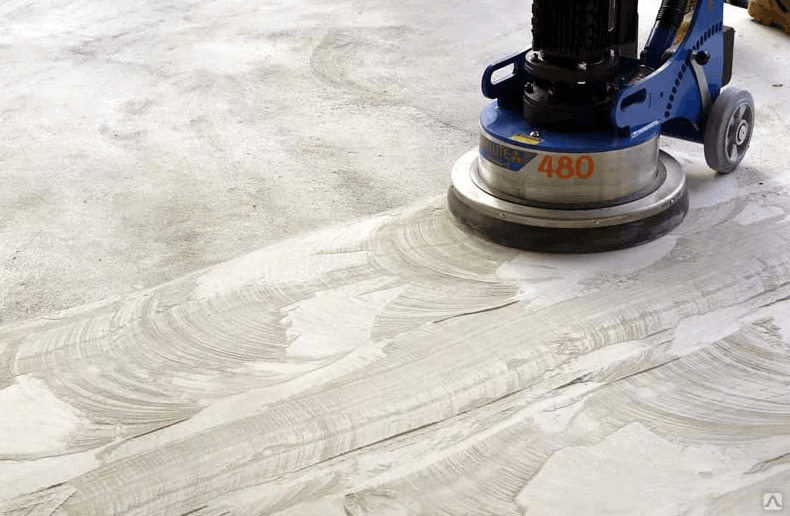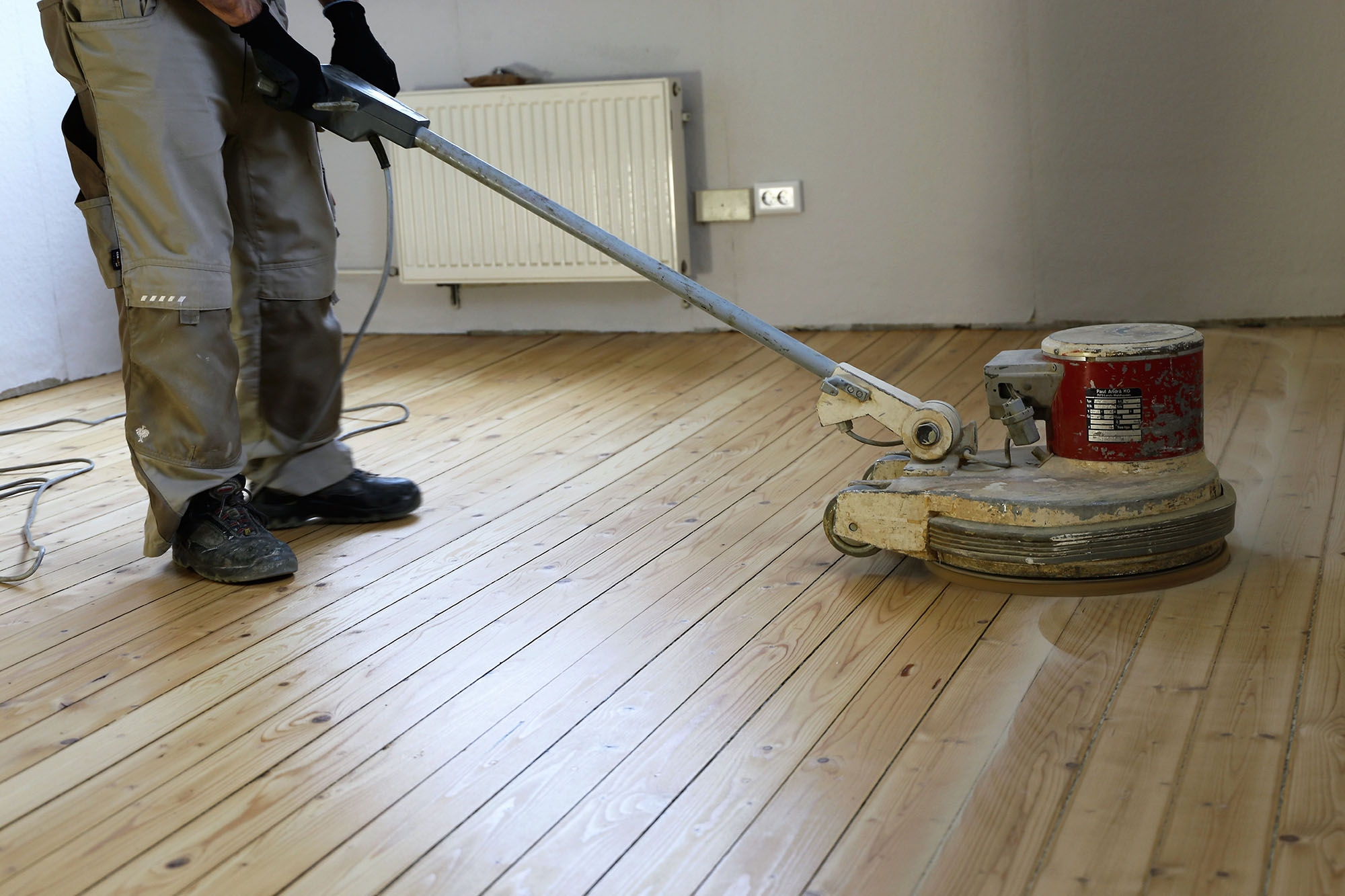Welcome to the world of flawless floors, where the beauty and functionality of your floors are maintained through the craft of floor sanding. Floors are an essential part of every building, and they go through a lot of wear and tear over the years.
Floor sanding is an effective way to restore the shine and beauty of your floors and improve indoor air quality. In this blog post, we will take a deep dive into the world of Floor Sanding in Melbourne and provide a step-by-step guide to help you master the craft.
Understanding Floor Sanding
Floor sanding is a process of removing the top layer of a wooden or bamboo floor by sanding it with abrasive materials. Cork floors can also be sanded, but the process is different. Floor sanding is a great way to remove scratches, stains, and other imperfections from your floors.
It can also restore the shine and make your floors look like new again. With floor sanding, you can also improve indoor air quality by removing dirt, dust, and other allergens that get trapped in your floors.
Preparing for Floor Sanding
Before you start sanding your floors, it's important to prepare the space. Remove all furniture from the room, including rugs and mats. Cover vents with plastic and tape to prevent dust from entering your HVAC system.
Protect your walls by applying plastic or paper on them. After you have prepared the space, ensure you have the right tools and equipment for sanding your floors. These include sanders, edgers, vacuums, and respirators.
Step-by-Step Guide to Floor Sanding
Now that you have prepared your space and have the right tools let's get started on sanding your floors. Here is a step-by-step guide to help you sand your floors like a pro.
- Start with a coarse grit sandpaper
Begin with a coarse-grit sandpaper, such as 36-grit. This will help you remove the top layer of your floor most efficiently. Sand in the direction of the wood grain, moving the sander in a circular motion. Keep the sander moving at all times to avoid creating dents on your floor.
- Move to a medium grit sandpaper
After you have finished sanding with the coarse grit sandpaper, move to a medium grit sandpaper, such as 60-grit. Sand in the same direction as before, moving the sander in a circular motion. This will help you remove any scratches left behind by the coarse grit sandpaper.
- Finish with a fine grit sandpaper
After you have finished sanding with the medium-grit sandpaper, move to fine-grit sandpaper, such as 120-grit. Sand in the same direction as before, moving the sander in a circular motion. This will help you achieve a smooth finish on your floor.
- Sand edges and corners with an edger
Use an edger to sand the edges and corners of your floor. Use the same grit sandpaper that you used on the rest of the floor. Sand in the direction of the wood grain, moving the edger in a circular motion.
- Vacuum the floor
After you have finished sanding, vacuum the floor to remove any dust and debris. Ensure you clean up the edges and corners, too. Use a broom to sweep the floor and remove any remaining dust.
Finishing Your Floors
After sanding your floors, it's important to finish them to protect them from wear and tear. The type of finish you choose will depend on your preferences. Oil-based finishes are more durable, but they take longer to dry. Water-based finishes dry faster, but they are less durable. Here are some tips for applying finishes evenly.
- Use a brush or roller
Use a brush or roller to apply the finish evenly. Start from the centre of the room and work your way towards the edges. Apply the finish in thin coats and allow it to dry completely before applying another coat.
- Avoid bubbles and streaks
To avoid bubbles and streaks, don't apply too much pressure when applying the finish. Allow the finish to flow naturally and avoid over-brushing. Apply the finish thinly and evenly, and allow each coat to dry completely before applying the next.
Maintaining Your Newly Sanded Floors
After floor sanding Melbourne and finishing your floors, it's important to maintain them to keep them looking great over time. Here are some tips for maintaining your newly sanded floors.
- Clean your floors regularly
Clean your floors regularly using a soft-bristled broom or a vacuum cleaner. Avoid using harsh chemicals or abrasive cleaners that can damage your floors.
- Use protective mats or rugs
Use protective mats or rugs in high-traffic areas to prevent damage to your floors. Avoid dragging heavy furniture across your floors, and use felt pads to protect your floors from scratches.
- Schedule periodic maintenance
Schedule periodic maintenance, such as re-coating or re-sanding, to keep your floors looking great over time. This will help you avoid expensive repairs in the future.
Final Thoughts
Floor sanding is a great way to restore the beauty and functionality of your floors. With the right tools and equipment, anyone can master the craft of floor sanding. In this blog post, we have provided a step-by-step guide to help you sand your floors like a pro. We have also provided tips for finishing your floor sanding Melbourne and maintaining it over time.

